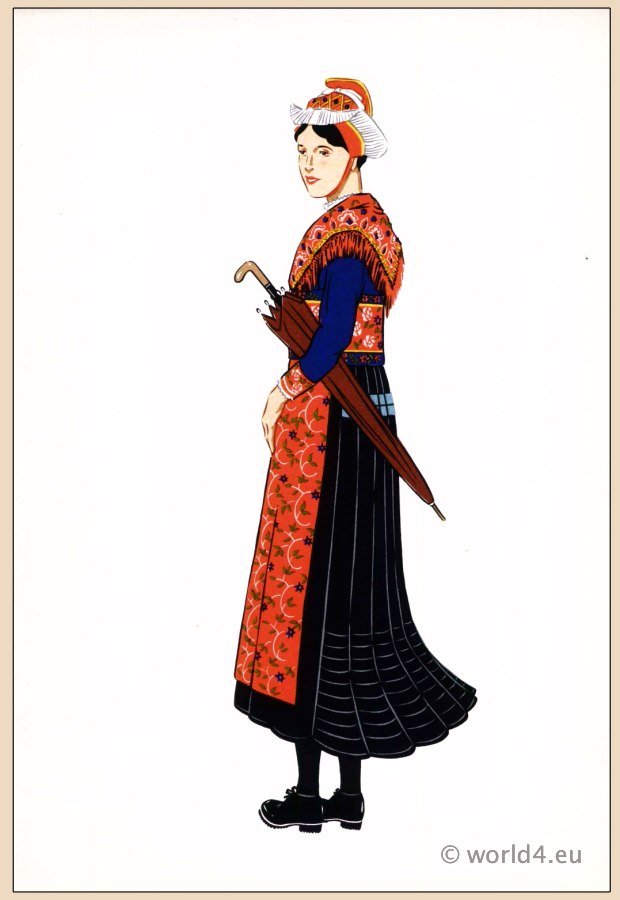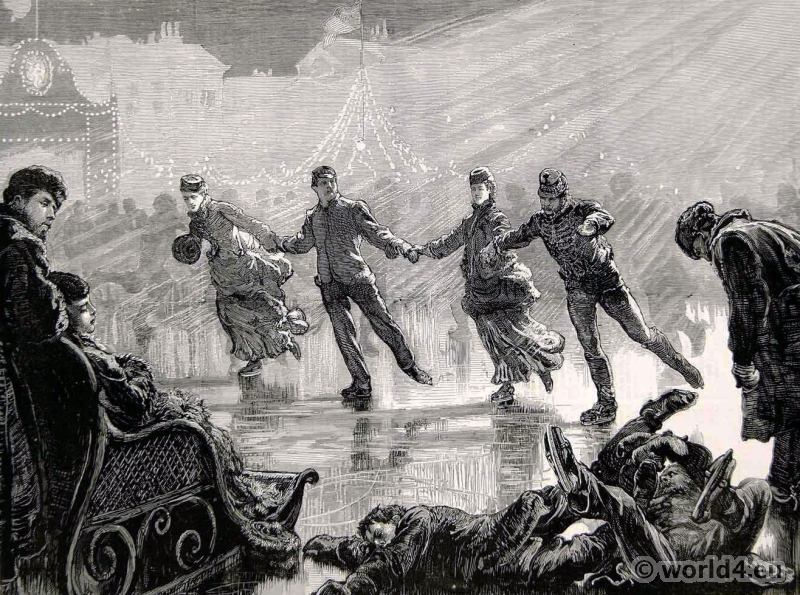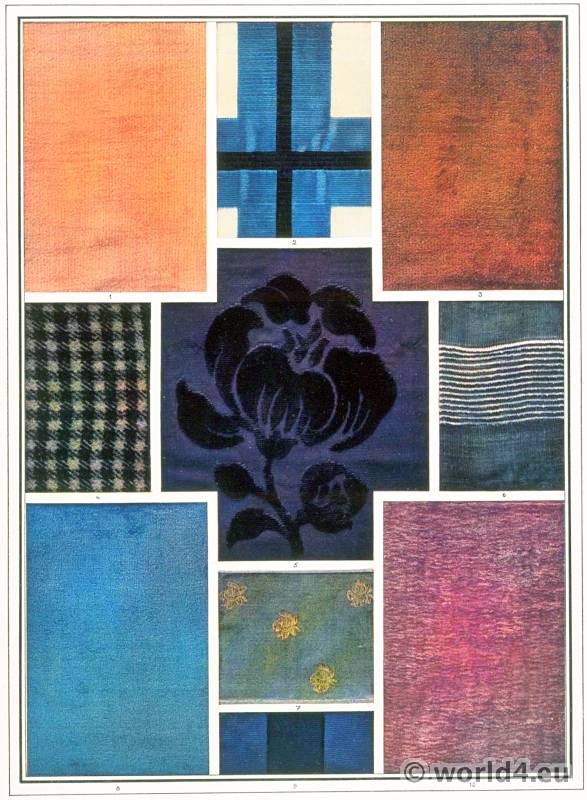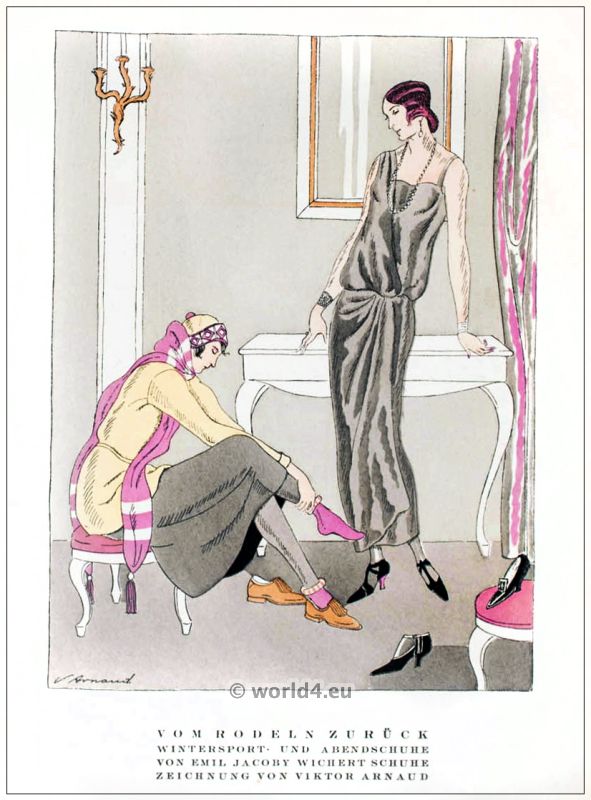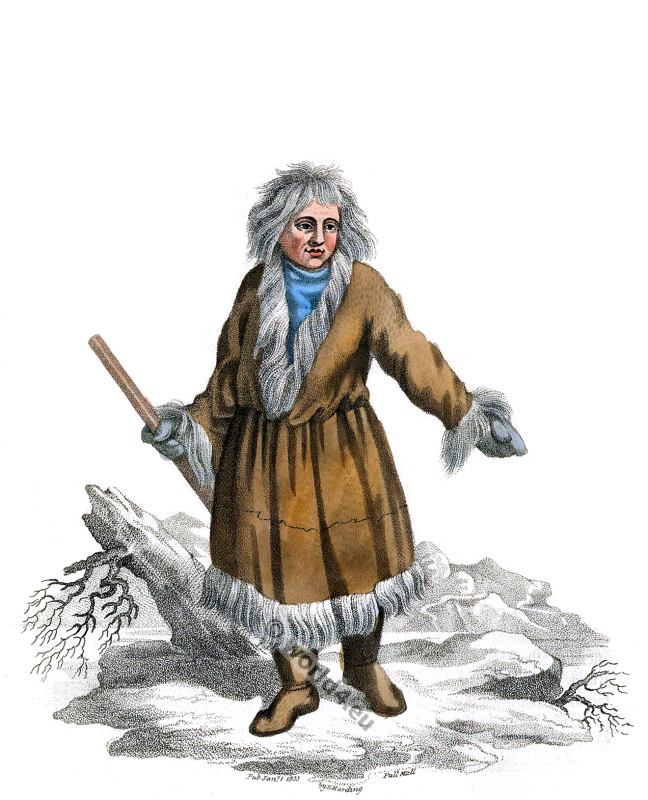A Ball at the Winter Palace in Saint Petersburg
by THÉOPHILE GAUTIER
I AM going to tell you about a fête at which I was present without being there, from which my body was absent but to which my eye was invited — a court ball! Invisible, I saw everything, and, moreover, I did not have upon my finger the Ring of Gyges, nor upon my head the green felt cap of a Kobold, nor any other talisman.
Upon the Alexander Square, covered with its carpet of snow, numerous carriages were stationed although the cold would freeze Parisian coachmen and horses, but which did not seem sufficiently rigorous for the Russians to have the braziers lighted under the iron kiosks with Chinese roofs in the vicinity of the Winter Palace.
The trees of the Admiralty, diamonded with hoar-frost, looked like great white plumes planted in the earth, and the Triumphal Column had candied its rose granite with a layer of ice resembling sugar; the moon, that rose pure and bright, poured its dead light upon all this nocturnal whiteness, turned the shadows to blue, and gave a fantastic appearance to the motionless silhouettes of the equipages whose frosted lanterns punctuated the immense expanse with yellowish points like polar stars. In the background, the colossal Winter Palace flamed at all its windows, like a mountain pierced with holes and lighted by an internal fire.
Absolute silence reigned over the square; the rigour of the temperature kept away the curious, who in Paris would not have neglected flocking together for the spectacle of such a fête, although watched from a distance and from the outside; and if there had been a crowd, the approaches to the palace are so vast that it would have been scattered and lost in that enormous space which only an army can fill.
A sleigh crossed diagonally the great white cloth upon which was extended the shadow of the Alexandrine Column and lost itself in the dark street that separates the Winter Palace from the Hermitage, and that gains from it’s aërial bridge some resemblance to the Ponte della Paglia at Venice.
A few minutes later, an eye, which you may consider as separated from the body, sped along a cornice supported by the portico of a gallery of the palace; rows of wax-candles planted in the mouldings of the entablature hid it behind a hedge of fire and allowed no one from below to perceive its feeble gleam. The light hid it better than shadow could have done; it was lost in the dazzling brilliancy.
The gallery seen from there extended long and deep with its polished columns, its mirror-like inlaid floor full of gliding reflections of gold candlelight, it’s pictures filling the spaces between the columns, the foreshortening of which prevented the subjects from being discerned. Already brilliant uniforms were promenading and ample court robes were trailing their waves of material there. Little by little, the crowd increased and, like a river, variegated and shining, filled the bed of the gallery which, notwithstanding its great width, had already become too narrow.
Every eye of this crowd was turned towards the door through which the emperor must enter. The folding doors opened: the emperor, the empress, and the grand-dukes traversed the gallery between two suddenly-formed hedges of the invited guests, addressing a few words with gracious and noble familiarity to personages of distinction stationed along their way. Then the imperial group disappeared through the door directly opposite, followed at a respectful distance by the grand dignitaries of State, the diplomatic body, the generals, and the courtiers.
The procession had scarcely entered the ball-room before the eye was installed there, equipped this time with a good opera-glass. It was like a furnace of light and heat, a blaze so intense as to seem almost like a conflagration. Cordons of fire ran along the cornices; in the spaces between the windows high stands, with a thousand arms each, blazed like burning bushes; hundreds of chandeliers hung from the ceilings, like fiery constellations in the midst of a phosphorescent fog. And all these lights, interlacing their rays, made a most dazzling illumination.
The first impression, especially at this height on leaning over this gulf of light, is a sort of vertigo; at first, across the waves of light from the mirrors, the glitter of the gold, the sparkle of the diamonds, the flash of the jewels, and the sheen of rich material, nothing can be distinguished. A swarm like scintillation prevents you from seizing any forms; then soon the pupil grows accustomed to the dazzle and chases the black butterflies that flutter before it as after looking at the sun; from one end to the other, it embraces the gigantic hall all in marble and white stucco, the polished walls of which shine like the jaspers and porphyries in the Babylonian architecture of Martin’s engravings, vaguely reflecting lights and objects.
The kaleidoscope, with its falling apart of coloured particles that ceaselessly re-form in new figures; or the chroma-trope, with its expansions and contractions, where a painting becomes a flower, then changes its petals for the points of a crown, and ends by whirling into a sun, passing from a ruby to an emerald, from a topaz to an amethyst around a diamond centre, can alone, thousands of times enlarged, give an idea of this moving parterre of gold, precious stones, and flowers, changing its glittering arabesques by means of its perpetual agitation.
At the entrance of the imperial family, this moving effulgence came to rest, and you could distinguish faces and persons across the subdued scintillation.
In Russia, the court balls open with what is called a polonaise: this is not a dance, but a sort of parade, a procession, a torch-march. Those who take part in it divide in such a way as to leave the centre of the ball-room a sort of avenue of which they form the hedges. When everybody is in place, the orchestra plays an air in a majestic and slow rhythm, and the promenade begins; it is led by the Emperor, who gives his hand to a princes, or a lady whom he wishes to honour.
Behind the imperial family, come the high officers of the army and palace, the grand dignitaries each giving a hand to a lady.
The procession continues to march and is recruited on the way: a gentleman leaves the hedge and offers his hand to a lady placed opposite to him, and this new couple joins the other and takes its place in the line, with rhythmic steps slowing up or accelerating according to the movement of the head. It cannot be an easy thing to march thus, holding merely by the finger-tips under the fire of a thousand readily ironical glances: the least gaucherie of countenance, the slightest awkwardness with the feet, an almost imperceptible fault in the time would be noticed.
Military habits help many of the men, but how difficult for the women! The majority of them acquit themselves admirably, and of more than one of them you could say: Et vera incessu patuit dea!. They pass along lightly beneath their plumes, their flowers, and their diamonds, modestly lowering their eyes or letting them wander with an air of perfect innocence, manœuvring their waves of silk and lace with a movement of the body or a little stroke of the heel, refreshing themselves with a flutter of the fan, as much at ease as if they were walking in the solitary avenue of a park.
More than one great actress has never learnt how to move in so noble, graceful and simple a manner while the world is gazing at her.
When the polonaise has traversed the salon and the gallery, the ball begins. The dances have nothing characteristic in them; they are quadrilles, waltzes, and redowas as in Paris, London, Madrid, Vienna, and everywhere else in the fashionable world; except, however, the mazourka which is danced at St. Petersburg with a perfection and elegance unknown elsewhere. Local customs are everywhere disappearing and first of all they desert the upper ranks of society. To find them anew, one must withdraw from the centres of civilisation and descend to the depths of the people!
The general effect, however, was charming: the dance formed amid the splendid crowd which arranged itself symmetrically to make room for it; the whirl of the waltz distended the robes like the skirts of whirling dervishes, and the rapid motion lengthened out the strings of diamonds and the swords of gold and silver in serpentine gleams like flashes of lightning; and the little gloved hands resting on the epaulettes of the waltzers looked like white camellias in vases of massive gold.
After an hour or two of bird’s eye observation, the eye transported itself beneath the arches of another hall through mysterious and labyrinth-like passages, where the distant sounds of the orchestra and the fête died away in indistinct murmurings. A comparative darkness reigned in this enormous hall: it was here that the supper was to take place. Many cathedrals are less vast. In the background, through the shadows, the white lines of the tables were outlined; in the corners vaguely glimmered gigantic blocks of indistinct or fèvrerie sharply spangled flashing back a ray coming I know not whence: these were the sideboards. A velvet platform revealed steps leading to a table formed like a horseshoe. In silent activity came and went lackeys in full livery, major-domos, and gastronomic officials, putting the last touch to the viands. A few stray lights spotted this dark background, like sparks upon burning paper.
However, innumerable candles filled the chandeliers and followed the cordons of the friezes and the outlines of the arcades. They sprang up white from their bunched candelabra like pistils in the calixes of flowers, but not the slightest luminous star trembled at their tips. One might have called them frozen stalactites; and already was heard, like the rush of overflowing waters, the heavy sound of the approaching throng. — The Emperor appeared at the threshold: it was like a fiat lux. A subtle flame ran from one candle to another, as quick as lightning: everything became illuminated at a single stroke and a flood of light suddenly filled the immense hall, aglow as if by magic. This sudden transition from penumbra to the most brilliant light was truly fairy-like. In our prosaic century every wonder must be explained: threads of gun-cotton connected all the wicks soaked with an inflammable essence, and a light applied in seven or eight places, propagated itself instantly. With gas-lights lowered and raised one could produce an analogous effect; but gas, as we know, is not used at the Winter Palace. They burn nothing but candles of the purest wax. It is in Russia only that the bees now contribute to illumination.
The Empress took her place with several personages of high distinction upon the platform where stood the horseshoe table. Behind her gilt arm-chair unfolded, like a gigantic floral firework, an immense sheaf of white and pink camellias piled against the marble wall. Twelve negroes *) of large size chosen from among the best specimens of the African race, dressed à la mameluk, — a white turban twisted and rolled, a green round jacket with golden coins, full trousers of red held by a belt of cashmere, the whole braided and embroidered on all the seams, descended and mounted the steps of the platform, handing the plates to the lackeys or taking them from their hands with movements full of the grace and dignity peculiar to Eastern races, although their employment was servile. These Orientals having forgotten Desdemona, did their duties with a majestic air and gave to this European fête an Asiatic cachet in the best taste.
*) Negro is a word that was used in the past to refer to someone with dark skin who comes from Africa (Afro-Americans) or whose ancestors came from Africa.
Without being shown to their places, the invited guests placed themselves at the tables intended for them. Rich épergnes, silvered and gilt, representing groups of figures, or flowers, or mythological or fantastical ornaments, garnished the centres; and candelabra alternated with pyramids of fruits and set pieces. Regarded from a height, the brilliant symmetry of the crystals and porcelains, the silver and the flowers, was understood better than from below. A double row of women’s necks glittering with diamonds, and framed in lace, ranged the whole length of the table-cloths, disclosing their beauties to the invisible eye, whose glance could also wander among the flowers, the leaves, the feathers, and the jewels.
The Emperor visited the tables, addressing a few words to those he wished to distinguish, sitting down sometimes and moistening his lips with a glass of champagne, then withdrawing to do the same elsewhere. These stops of a few moments are considered a great mark of favour.
After supper, the dances were resumed; but the night was drawing on. It was time to leave; the féte could only repeat itself, and for a purely ocular enjoyment it no longer offered the same interest. The sleigh that had crossed the square to stop at a little door in the alley separating the Winter Palace from the Hermitage, reappeared, making its way to the side of St. Isaac’s Church, and bringing a pelisse and a fur cap which completely covered the face. As if the sky wished to rival the splendours of the earth, an aurora borealis threw into the night its polar fireworks with rockets of silver, gold, purple, and mother-of-pearl, extinguishing the stars with its phosphorescent irradiations.
Source: Romantic castles and palaces as seen and described by famous writers by Esther Singleton (1865-1930, American author and journalist). New York, Dodd, 1911.
Discover more from World4 Costume Culture History
Subscribe to get the latest posts sent to your email.


